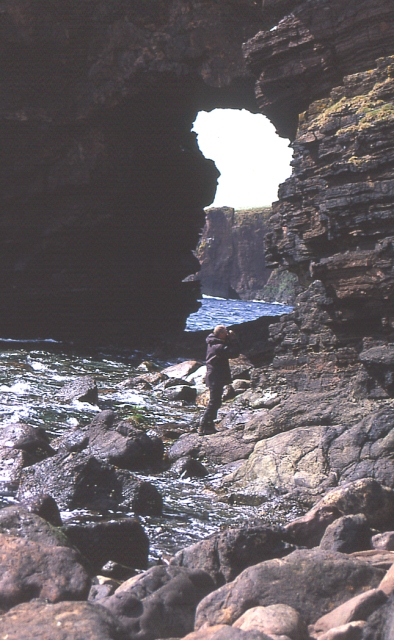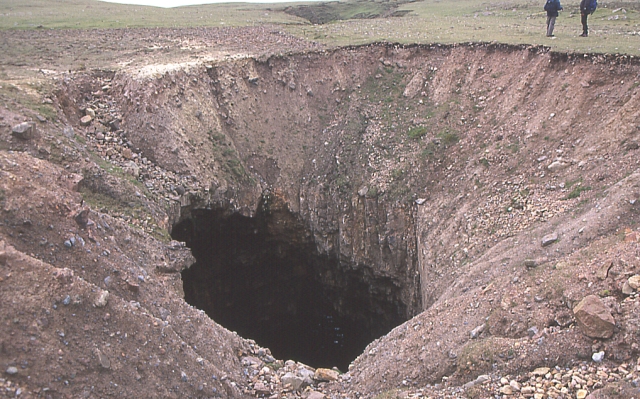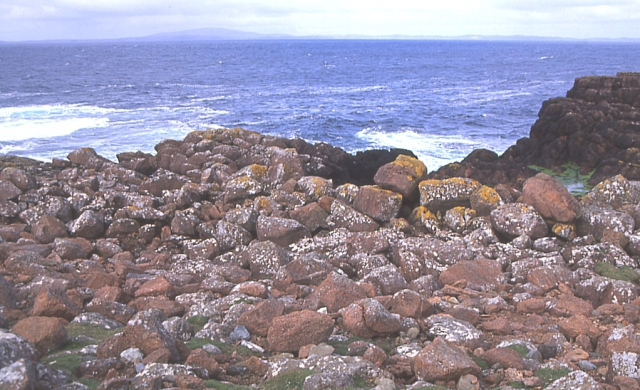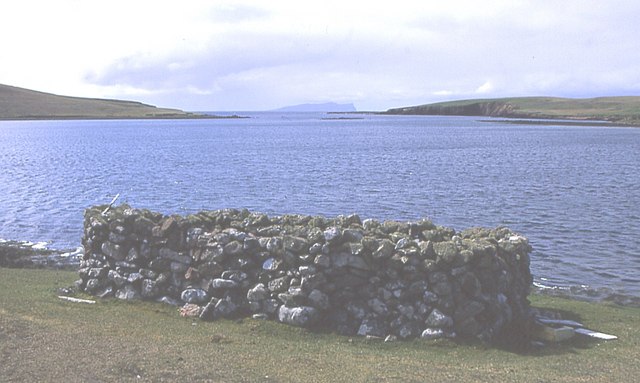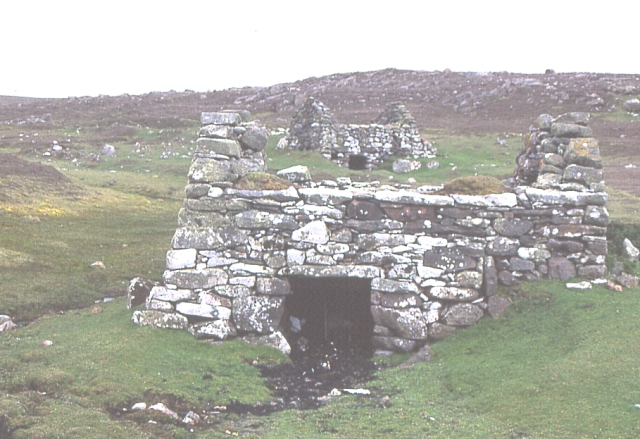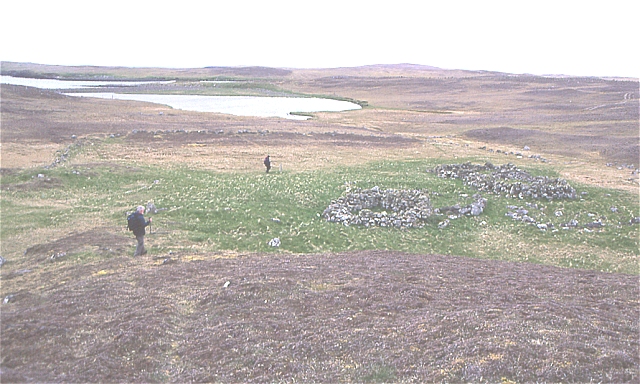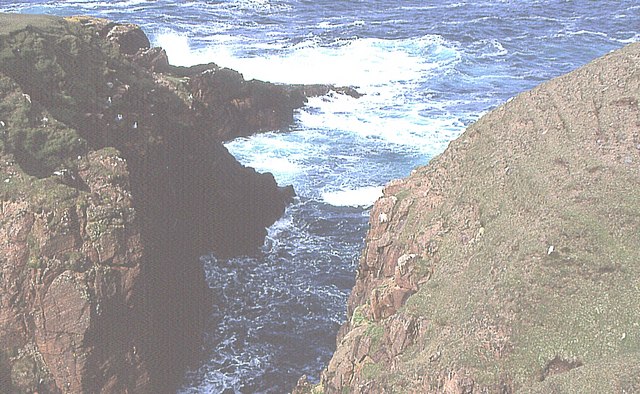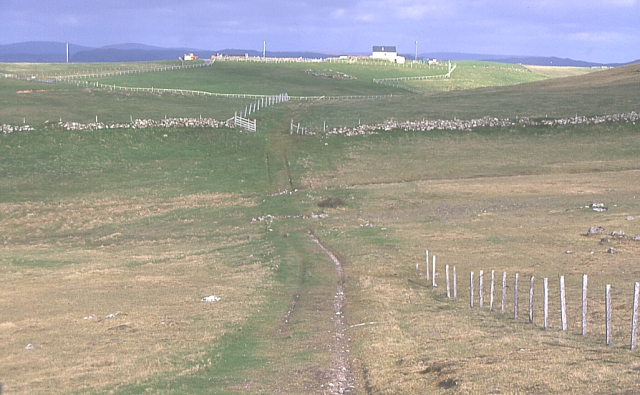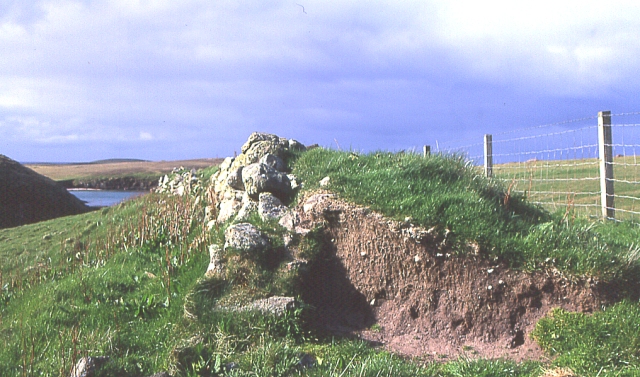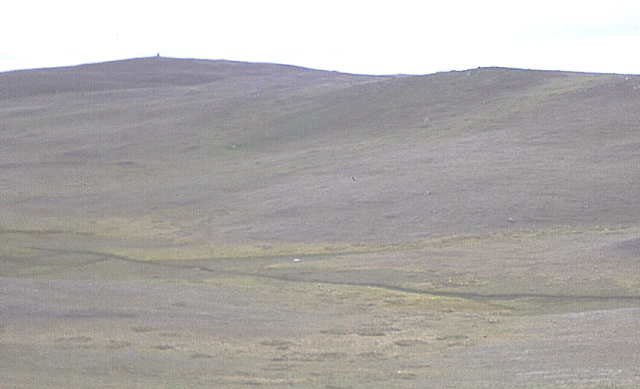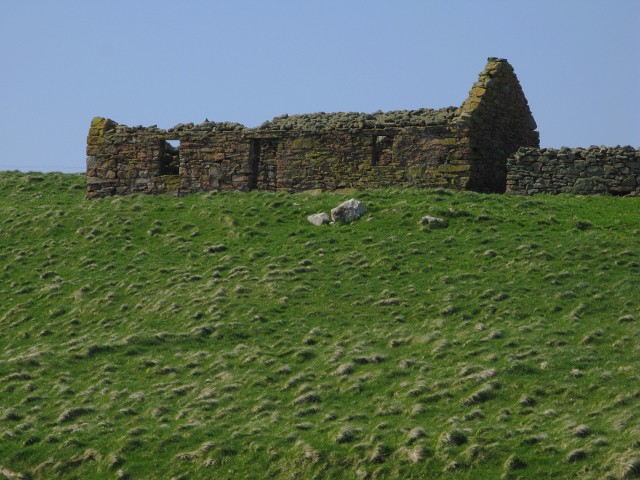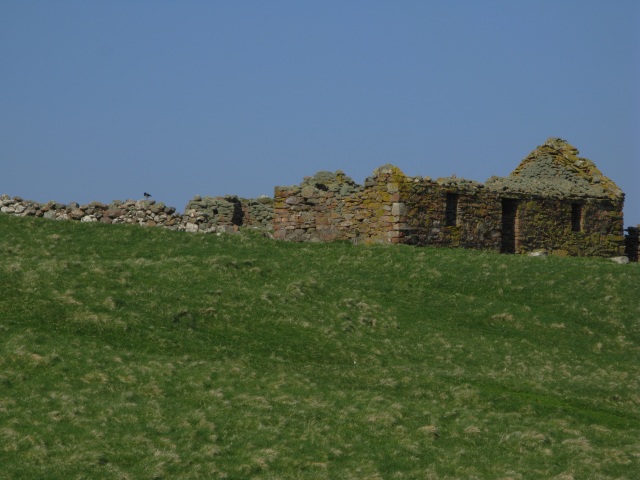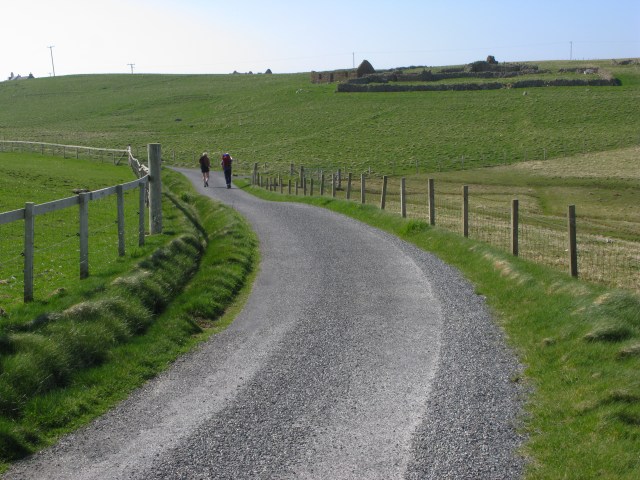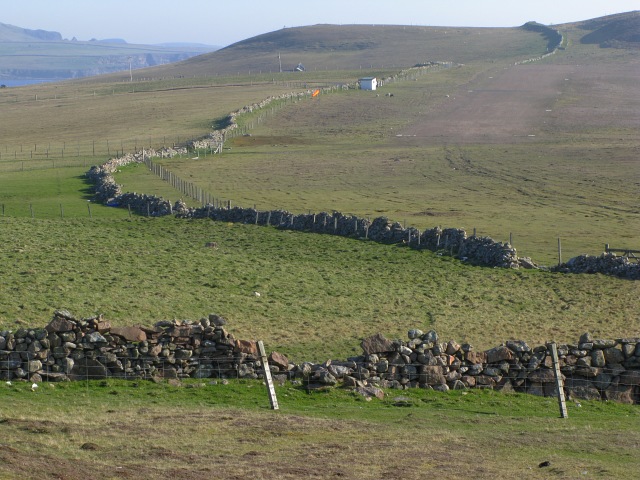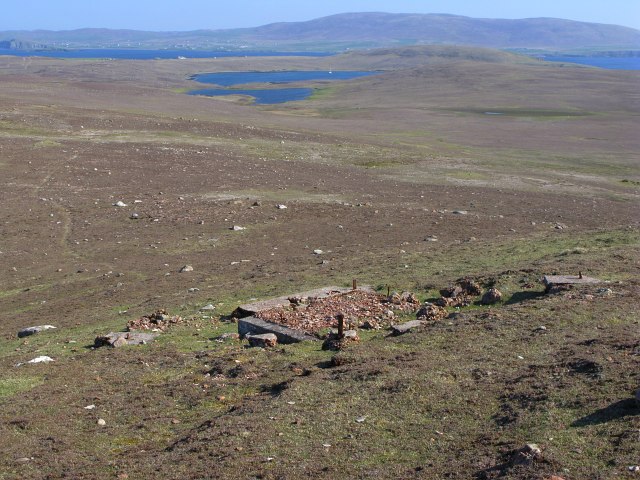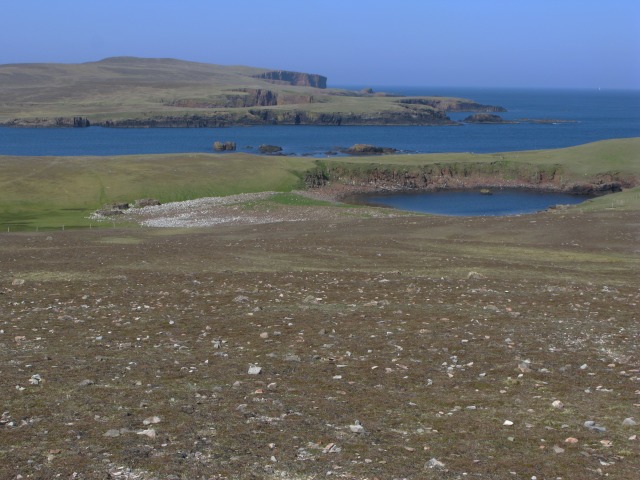Seli Geo
Coastal Feature, Headland, Point in Shetland
Scotland
Seli Geo
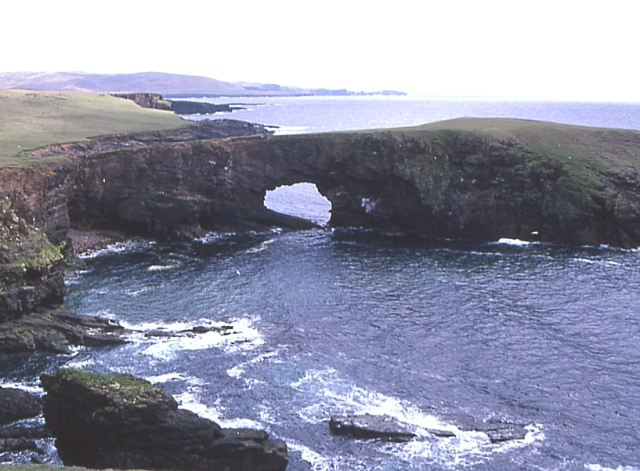
Seli Geo is a prominent coastal feature located on the Shetland Islands, off the northeastern coast of Scotland. It is a headland that juts out into the North Sea, forming a distinctive point along the rugged coastline. The name "Seli Geo" is derived from Old Norse, with "Seli" meaning "seat" or "bench," and "Geo" referring to a narrow, deep inlet.
The headland is characterized by its steep cliffs, which are composed of ancient rock formations, predominantly sandstone and shale. These cliffs provide a dramatic backdrop to the crashing waves of the North Sea, creating a picturesque and awe-inspiring sight for visitors.
Seli Geo also boasts a varied landscape, with rocky shores and small pebble beaches interspersed along its perimeter. The area is rich in marine wildlife, and it is not uncommon to spot seals, dolphins, and numerous seabirds in the vicinity. The headland is also known for its diverse flora, with a variety of wildflowers and grasses covering the land.
Access to Seli Geo is relatively easy, with a well-maintained footpath leading from the nearby village. This path offers stunning views of the surrounding coastline and leads visitors to a lookout point at the tip of the headland. From here, one can admire the breathtaking vistas of the North Sea, with its ever-changing moods and colors.
Overall, Seli Geo is a captivating coastal feature on the Shetland Islands, offering nature lovers and outdoor enthusiasts a unique opportunity to explore and appreciate the raw beauty of this remote and unspoiled part of Scotland.
If you have any feedback on the listing, please let us know in the comments section below.
Seli Geo Images
Images are sourced within 2km of 60.341205/-1.7070915 or Grid Reference HU1661. Thanks to Geograph Open Source API. All images are credited.
Seli Geo is located at Grid Ref: HU1661 (Lat: 60.341205, Lng: -1.7070915)
Unitary Authority: Shetland Islands
Police Authority: Highlands and Islands
What 3 Words
///holds.closets.novelists. Near Walls, Shetland Islands
Related Wikis
Papa Stour
Papa Stour (Scots: Papa Stour) is one of the Shetland Islands in Scotland, with a population of under fifteen people, some of whom immigrated after an...
Biggings
Biggings is a village on the island of Papa Stour, in Shetland, Scotland. Papa Stour's church is situated at the south of Biggings. A homestead of Duke...
Papa Stour Airstrip
Papa Stour Airstrip is a small airstrip in the village of Biggings on the island of Papa Stour. Shetland, Scotland. == History == Papa Stour Airstrip opened...
Maiden Stack
The Maiden Stack or Frau Stack is a tiny stack in the western Shetland Islands to the north of Brei Holm and east of Housa Voe in Papa Stour. It is so...
Have you been to Seli Geo?
Leave your review of Seli Geo below (or comments, questions and feedback).
